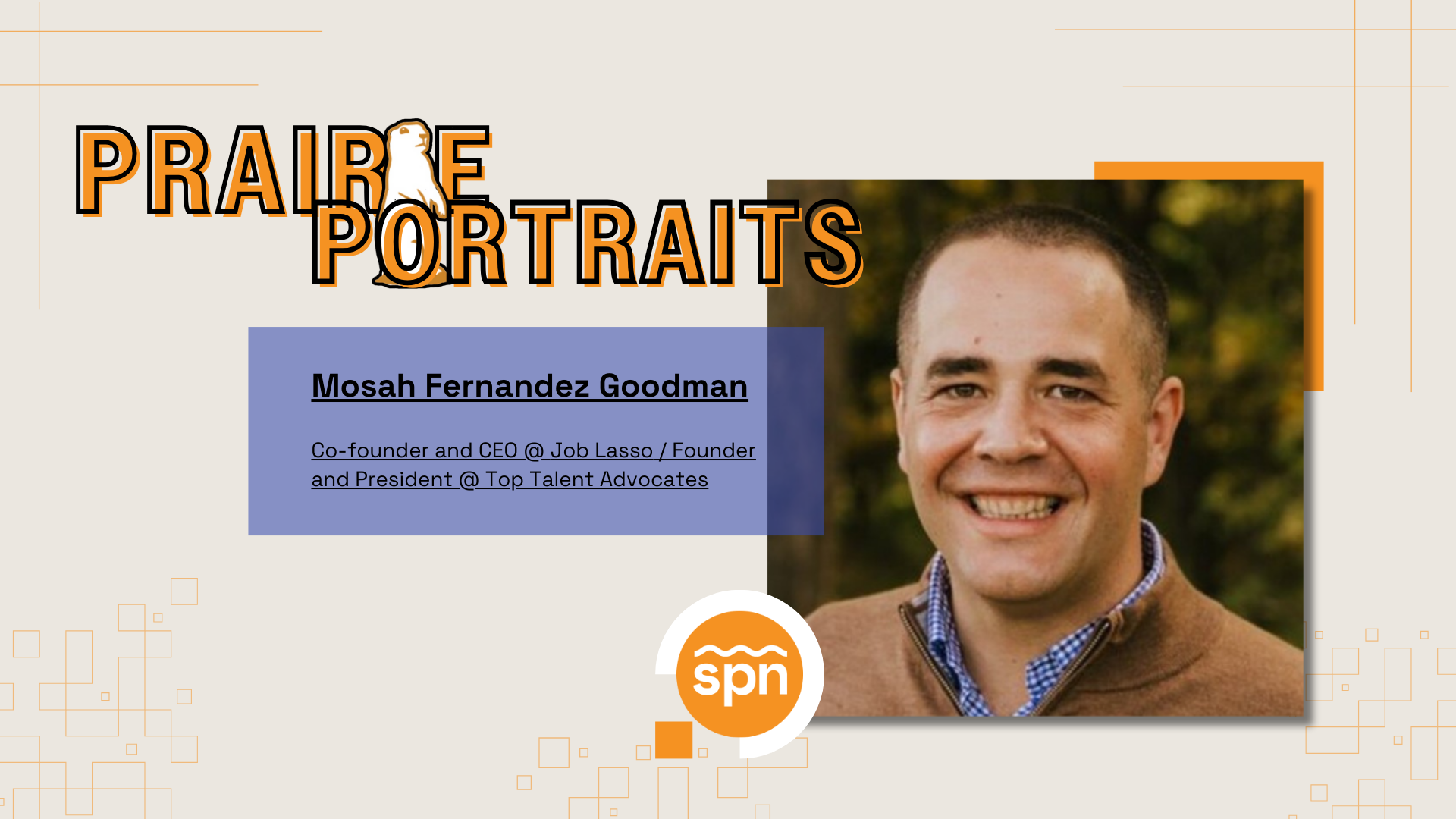If you haven’t worked in the medical industry, you might not realize that care teams are often at odds with technology. Sure, there are new machines and devices that make operations or patient analysis more efficient, but there is something that the industry struggles to perfect: software.
Far too often software developers design something that seems cutting-edge but ends up having little clinical relevance in the real world. These applications can be difficult for older patients to use and can make doctors less efficient instead of more efficient.
The current state of medical software
Most care teams utilize electronic health records (EHRs) to organize patient information like medications, diagnoses, clinical encounters, and more. EHRs are very expensive repositories of information, but they often lack the tools necessary for clinicians to improve their quality of care or clinical outcomes. To further complicate things, most EHRs can’t communicate directly with one another and many clinicians feel that clunky interfaces and the amount of documentation that they must provide to satisfy care regulations, makes them less efficient.
If you’ve ever been annoyed that clinics seem to require the same information before your first visit, you’ve experienced some of the echoes from deep rifts in medical software. The continuum of care itself is deeply divided as well. Patients and doctors don’t have efficient, meaningful ways to stay connected between appointments. Care teams are generally understaffed, preventing dedicated outreach to patients in many cases.
Online patient portals exist, but they typically serve as little more than window dressing for the purposes of avoiding care regulation penalties. This all illustrates that there is a severe lack of patient connectivity, which hampers proactive care efforts and causes patients too often feel lost in the process.
Catalysts for change
While many problems exist in the current medical IT landscape, there are some promising signs that change is on the way. New communication protocols, like Fast Healthcare Interoperability Resources (FHIR), aim to create a consistent format for sharing patient data across disparate EHRs.
Innovative care coordination programs, like Transitional Care Management or Chronic Care Management, offer reimbursements for care teams that help their patients throughout the continuum of care. Value-based care models perhaps serve as the most pressing catalyst in this space.
Traditionally, healthcare has been conducted under a fee-for-service paradigm, wherein patients are billed for medical procedures without significant regard for patient outcomes (i.e., how well patients recover). However, the increasing volume of medical services needed by baby boomers and the desire to decrease costs has forced payers in the industry (e.g., insurance companies, Medicare, Medicaid, etc.) to get creative.
Their new proposals encourage clinics to do more with less, following a value-based care paradigm. Under this model, care teams are increasingly responsible for the outcomes of their patients, often receiving lump sum payments that must cover procedures and any necessary follow-up care (like hospital readmissions). This, in turn, has encouraged clinics to get a bit more creative with their processes.
Advancing medical technology
Tech companies are working tirelessly to address the gaps that exist in the continuum of care, and clinicians are beginning to take notice. Some companies are crafting follow-up automation tools that utilize phone, text, email, web, and more to gather patient data. Others provide care management platforms that give patients new insights into their health as well as additional channels to connect with their care teams.
There are EHR and medical device integration platforms that help achieve more consistency in medical data communication, though there’s still no “silver bullet.” One Nebraska-based tech startup, Together Clinic, is even able to analyze patient-reported vitals and symptoms in real-time, notifying care teams of early warning signs and keeping patients informed throughout the process. By combining this proactive patient monitoring with tools for doctors to collect valuable care coordination reimbursements, Together Clinic has aligned financial incentives for care teams with patients’ best interests.
Medical technology companies are also learning valuable lessons about patient compliance and doctor usage. The more complicated the interaction, the more utilization rates go down. Additionally, doctors must be able to easily see and articulate the merit of an application, otherwise, patients and care teams won’t treat it seriously. Software platforms that keep workflows simple and meaningful are winning over patients and doctors alike.
Looking ahead
Advances like these are exciting and empowering, not just for those who work in the medical industry, but for patients as well. However, just as powerful are the detrimental forces of inertia that have existed in medicine for a long time. While there are still many unknowns for healthcare in the United States, it’s clear that value-based care and improving patient outcomes will be paramount, as other models do not appear to be sustainable.
Companies, clinics, and regulatory agencies must continue working to bridge gaps in the care continuum and across medical software systems. Innovative doctors must overcome the industry’s inertia and try new solutions to prove their value in achieving better clinical outcomes. It will be challenging, but the resultant improvements in care will be more than worth the effort.
__
Rick Thompson, MD, MBA is a Cardiothoracic Surgeon at Bryan Heart and a Co-Founder of Together Clinic.





